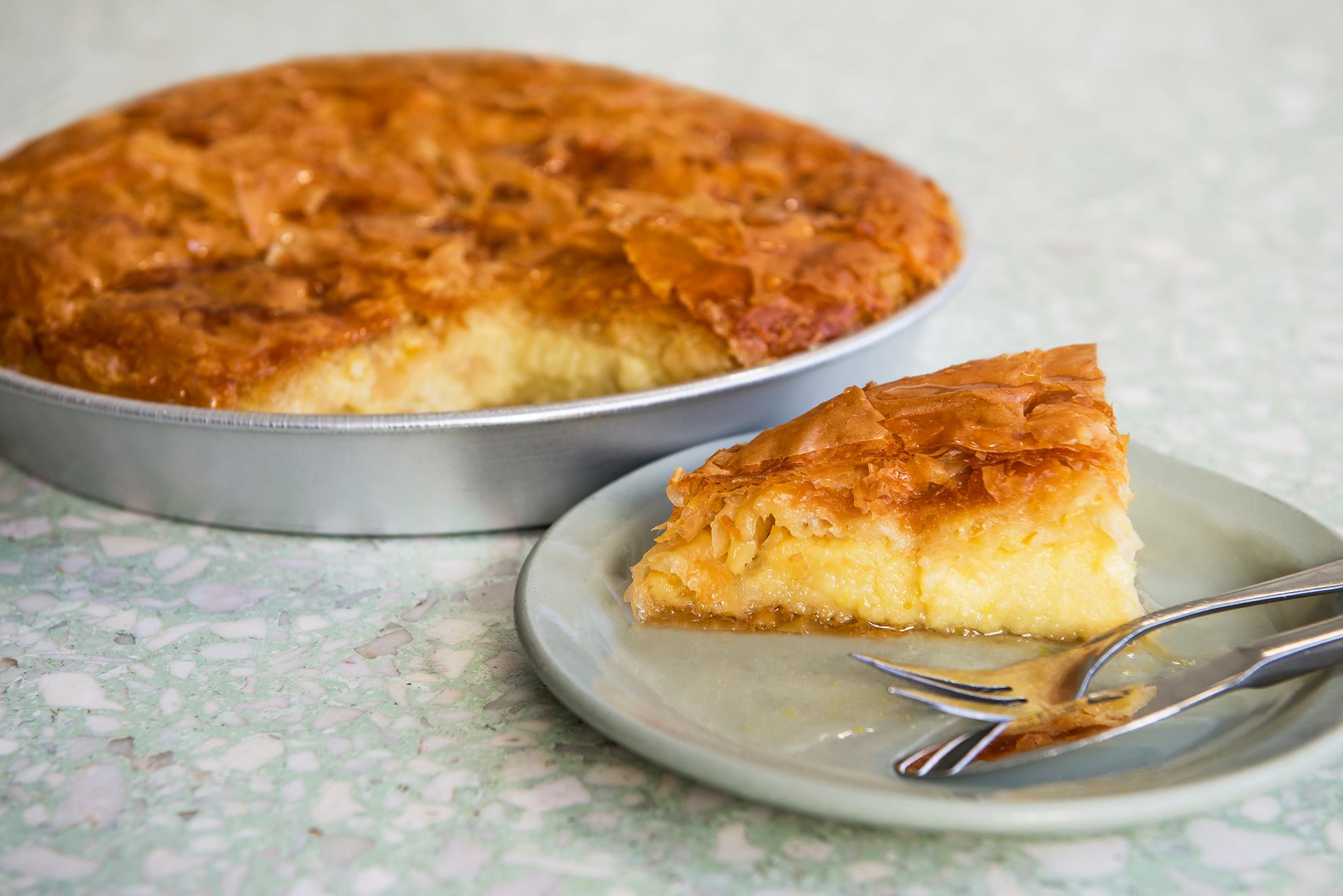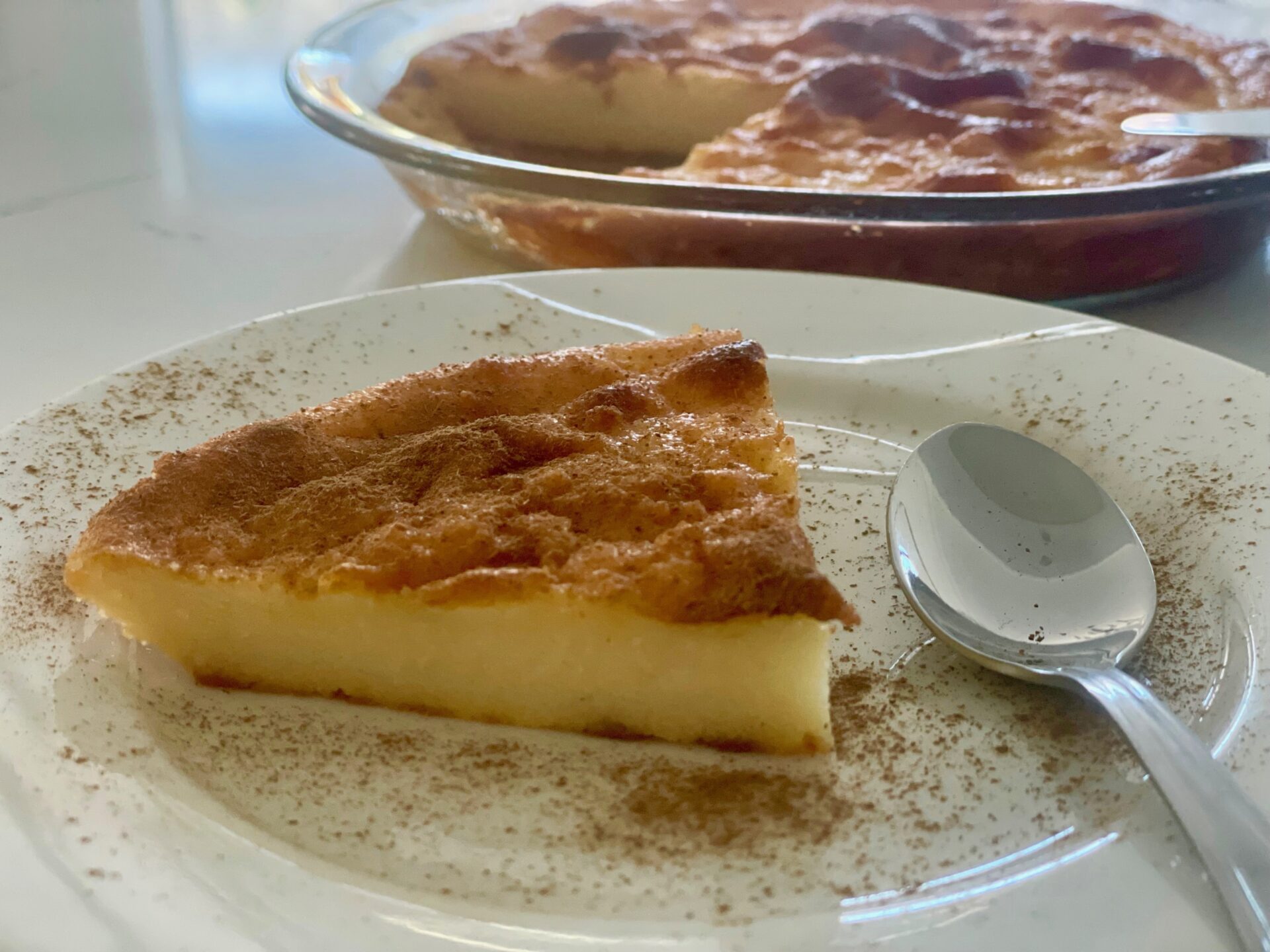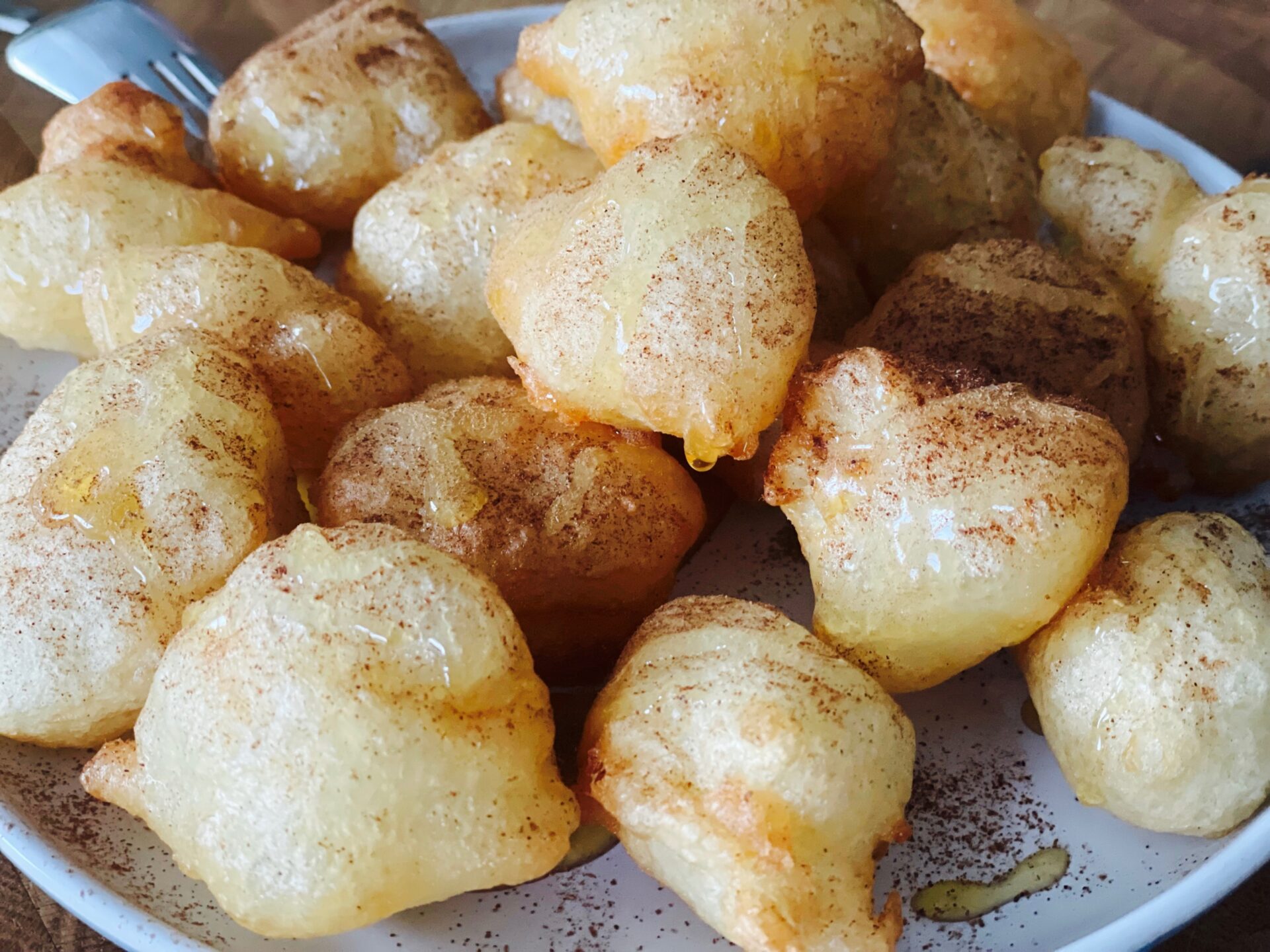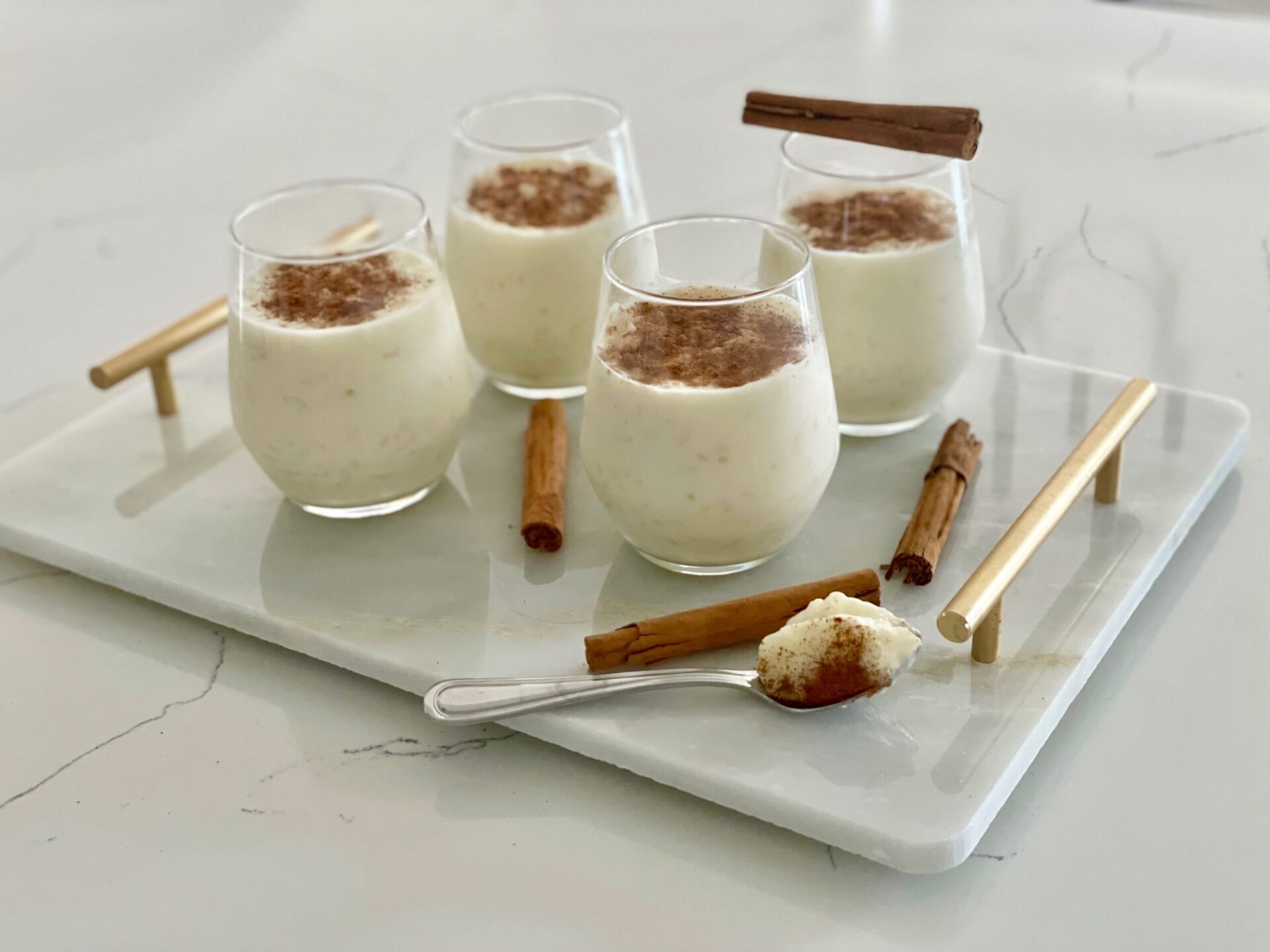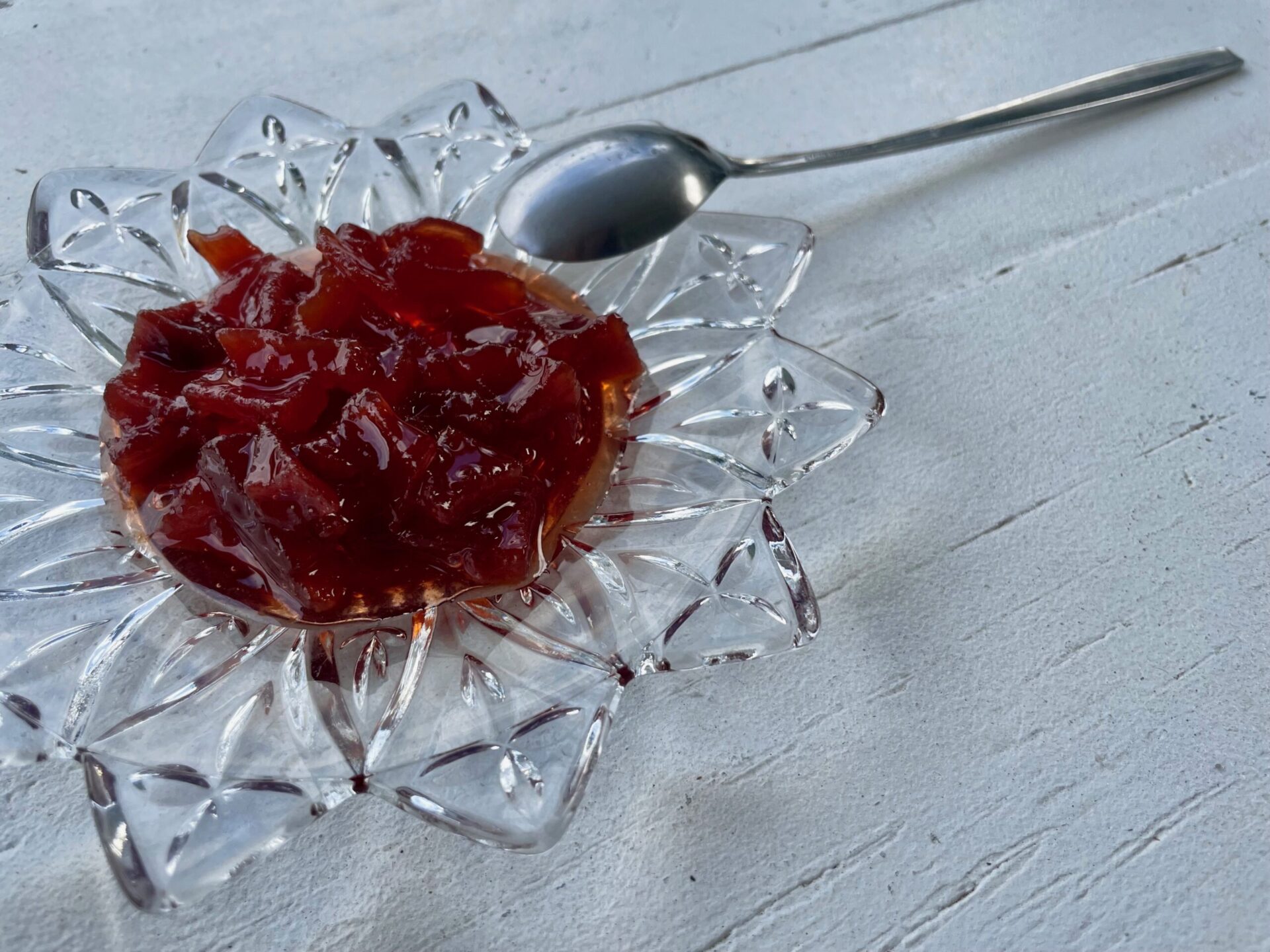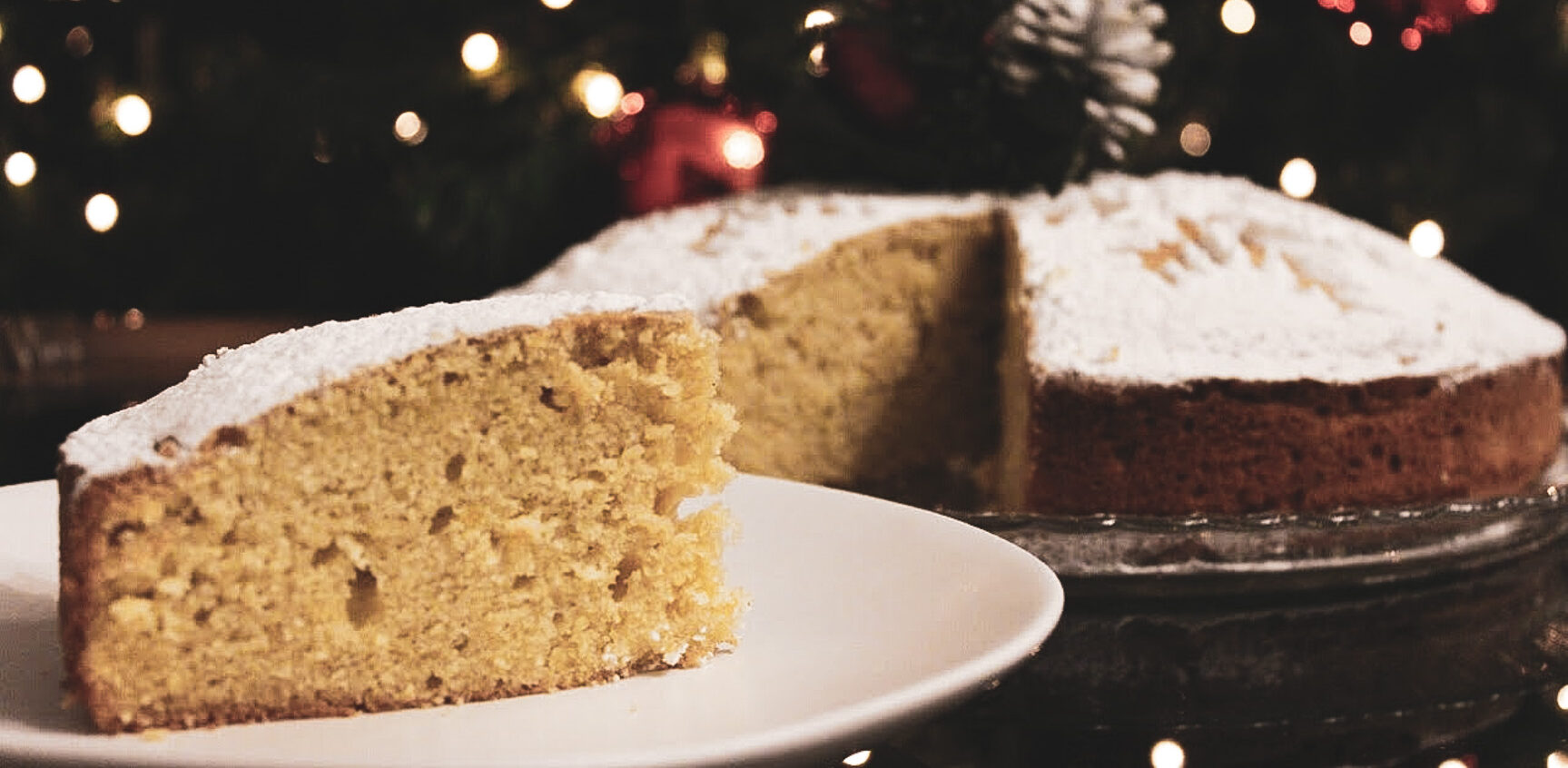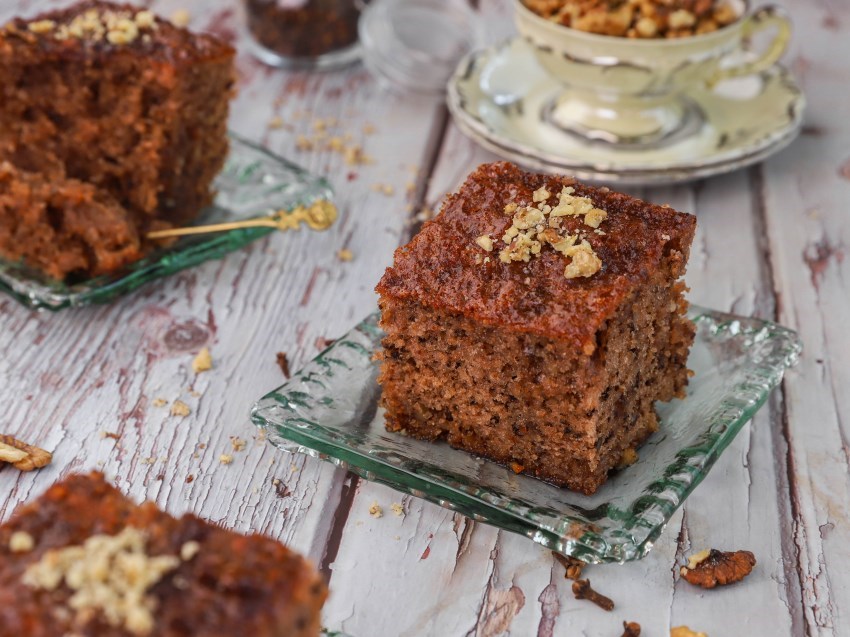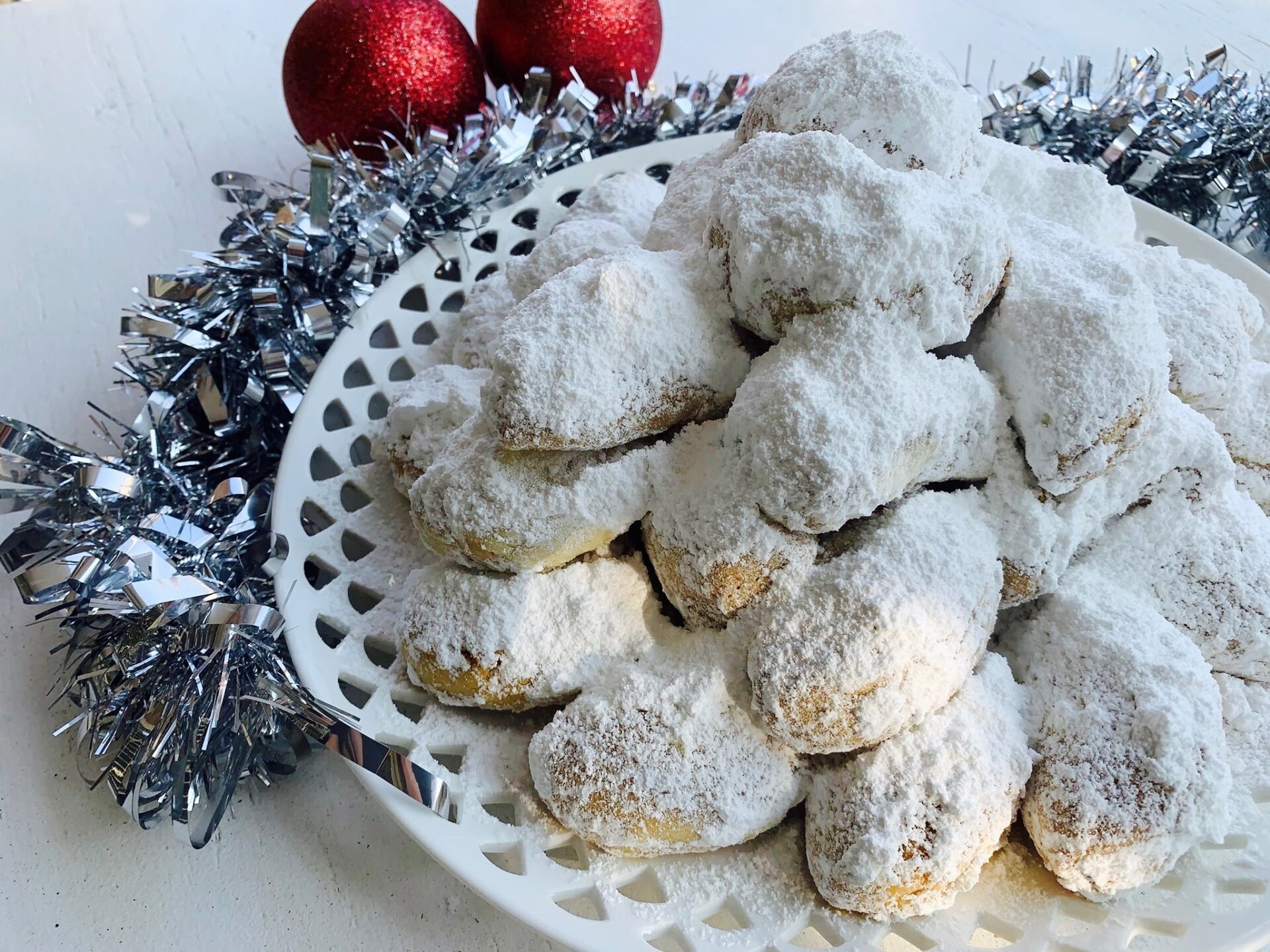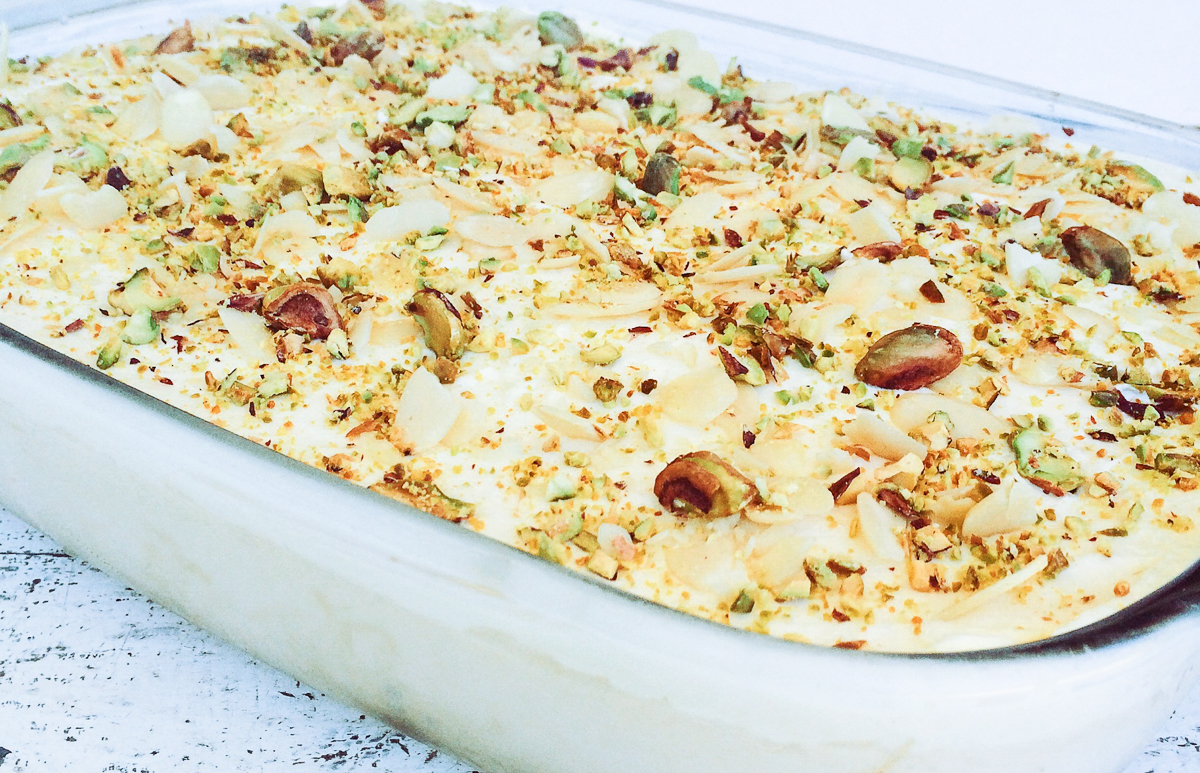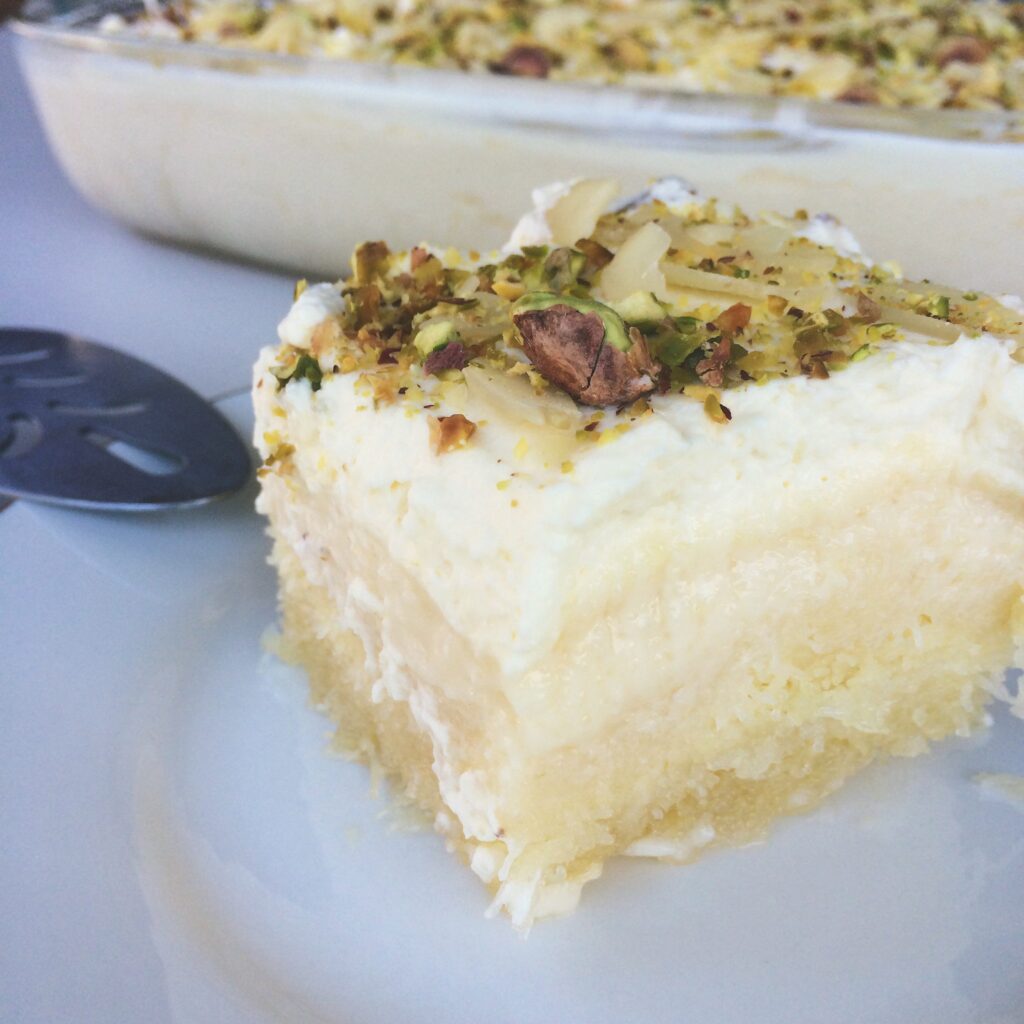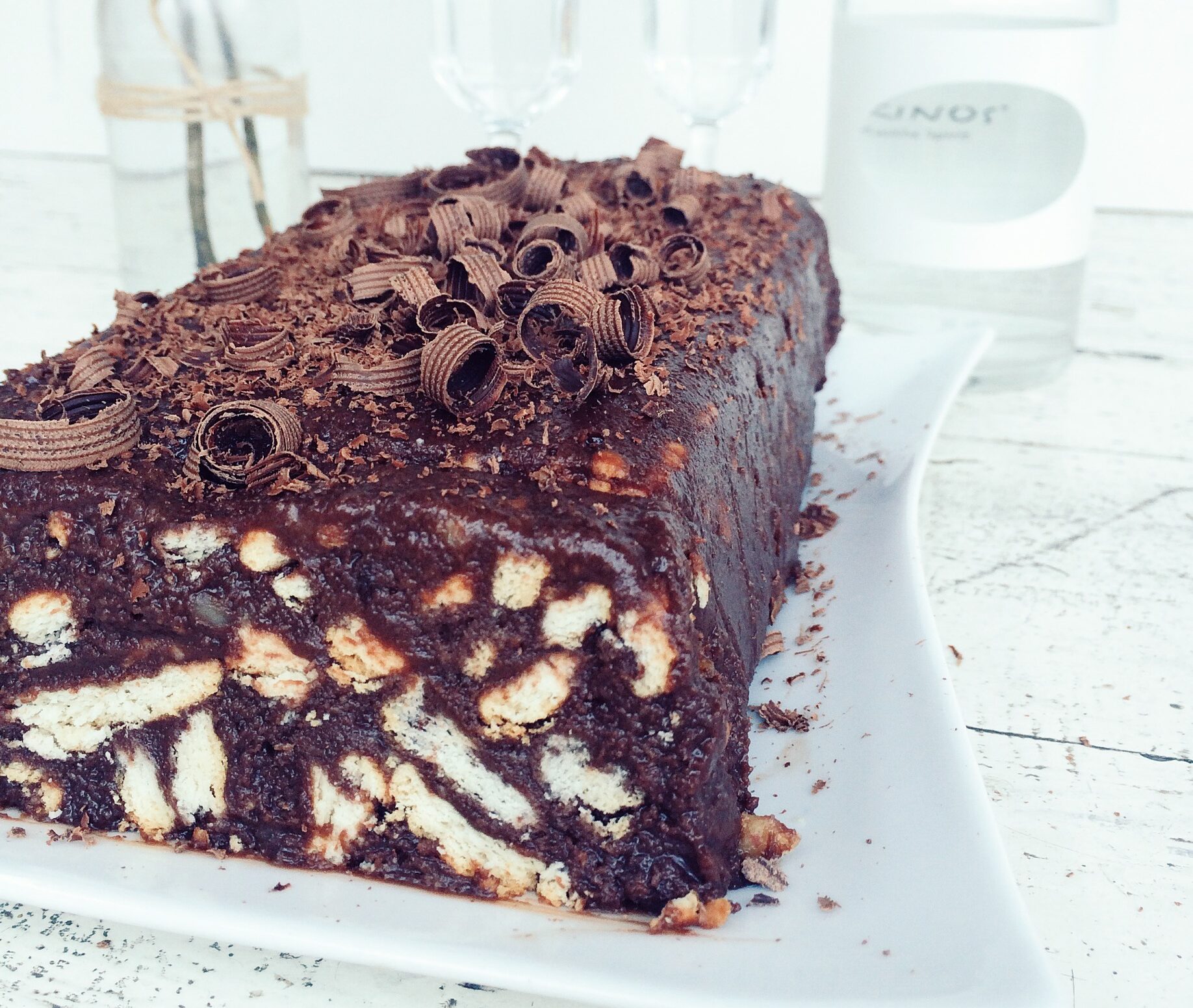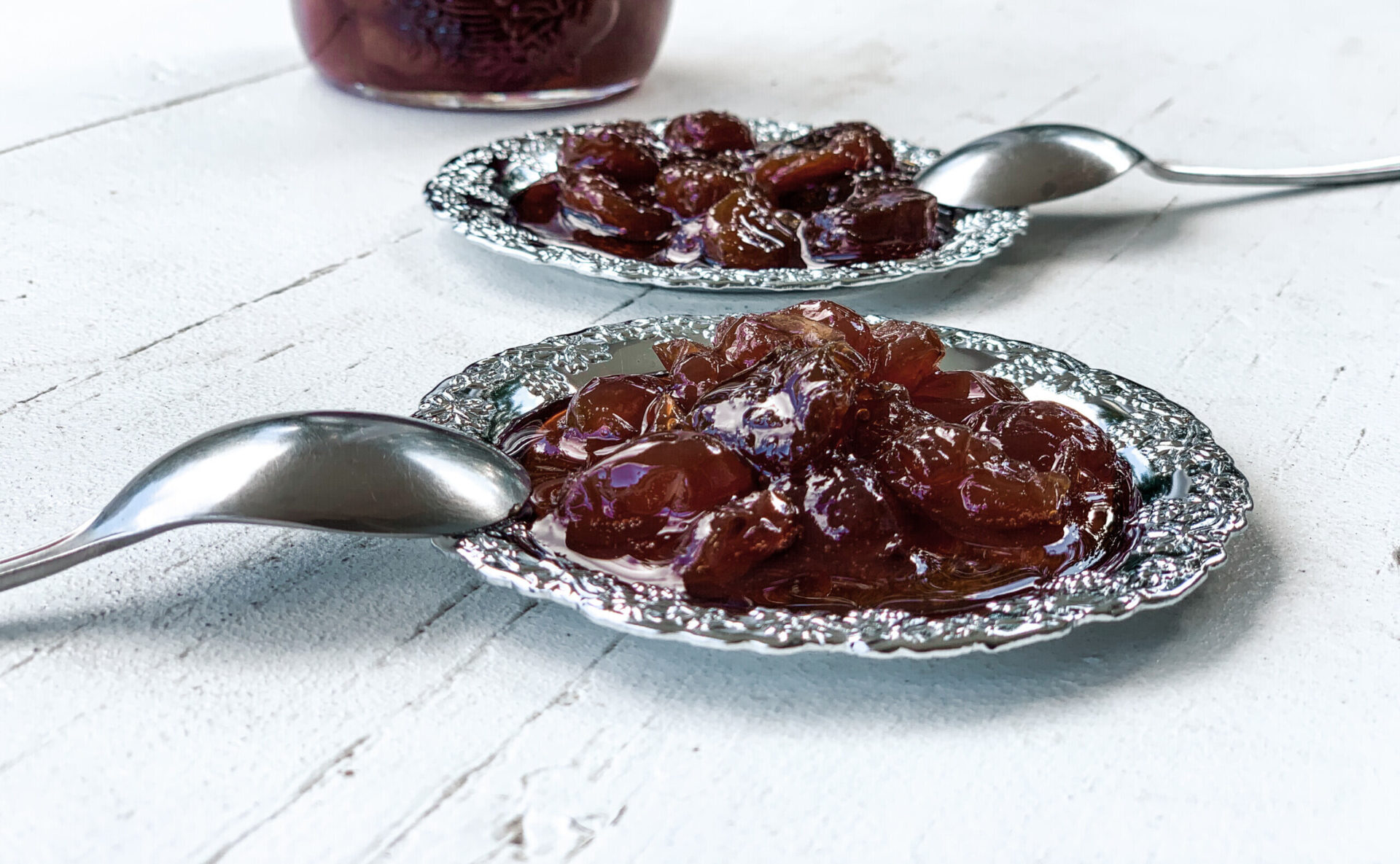Greece is home to some of the most delicious homemade, traditional and mouthwatering desserts and here we share where to find the best classic Greek desserts in Athens!
If you are in the Greek capital searching for feel-good classics that still delight, here are five of the city’s most unmissable patisseries (some have been around for more than a century) where you can taste the best Galaktoboureko, Ekmek, Baklava, and more authentic Greek desserts!
Varsos (5 Kassaveti 5, Kifissia)
This classic confectionery store in Kifissia originally opened in 1892 in the centre of Athens as a sugar and dairy shop and moved to the north in 1922. Hardly having changed in terms of décor and selling chocolate and nut-stuffed croissants that the Prince of Wales was a fan of, “authentic” Varsos has it all. The retro café-pastry shop on Kassaveti Street is an essential stop for its meringues, cream puddings, fruit leather, jams, flaky cheese pie, galaktoboureko, kaimaki, and other ice creams- and lots more!
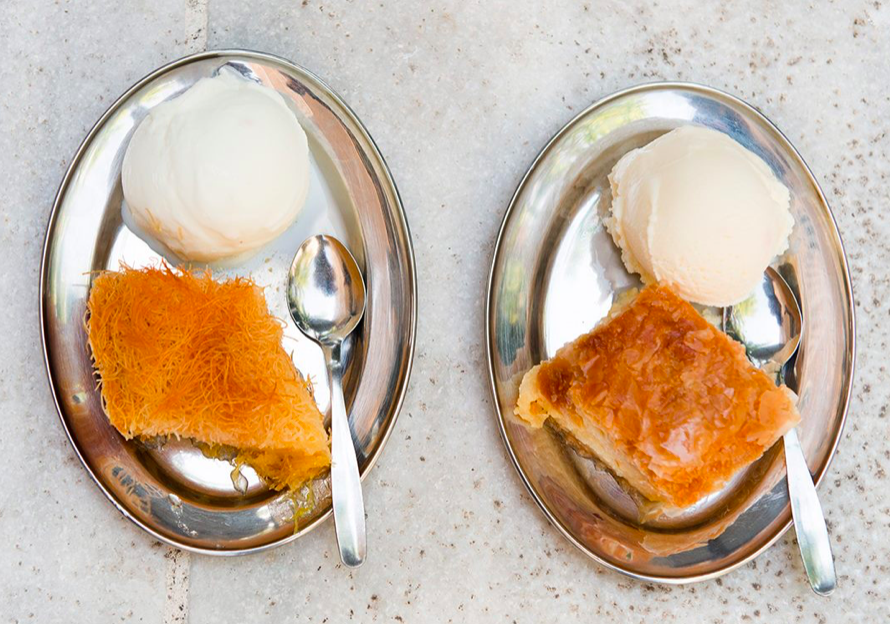
Konstantinidis (22 stores throughout Greece)
In 1920, Gregorios K. Konstantinidis set up the chain’s first confectionery shop, and five years later his sons brought it to Greece. Since 1954, when the family created its own recipes, Konstantinidis has become a synonym for eclairs and millefeuille, which to this day remain their most famous desserts. Nowadays, apart from the classic recipe with vanilla cream, two variations are offered: with chocolate and mixed.
Hara (339C Patission Street, Ano Patissia)
The famous Patissia patisserie first opened in 1969 and immediately became famous for its excellent quality ice cream – especially the “Chicago” ice cream (one scoop chocolate and one vanilla ice cream, topped with whipped cream, chocolate syrup and a cookie). The recipe has remained the same for 49 years. So have the quality ingredients such as fresh milk from farms in Parnitha, Kilkis and Trikala. The store’s other desserts include the sari Kadai Kifi and the ekmek, either with kaimaki ice cream or in the “Guzel” version.
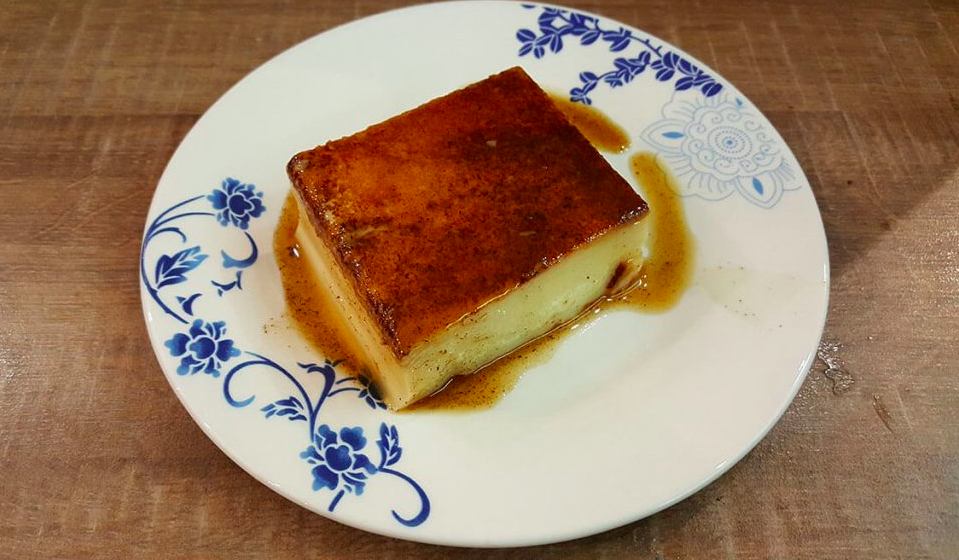
Afoi Asimakopouloi (82 Harilaou Trikoupis, Athens)
This is one of the oldest pastry shops in town, as it has been operating since 1915. The former dairy shop of Charilaou Trikoupis has evolved into one of the most famous confectionery shops in Athens with a wide range of sweets. Nowadays, the business is run by the third generation of owners. Regular patrons recommend you try the handmade chocolates and ice cream (also handmade), luscious pastries and fluffy cakes, traditional brioche and rich chocolate mousse.
Kosmikon (Avenue. Ionia 104, Agios Nikolaos, 102 Ag. Alexandrou Street, P. Faliro, 34 Halandriou Street)
This is the oldest sweet intersection between Greek and Turkish pastry making. It serves perhaps the best galaktoboureko in Attica, but the baklava and other syrupy sweets have also got a huge fan base by now.

